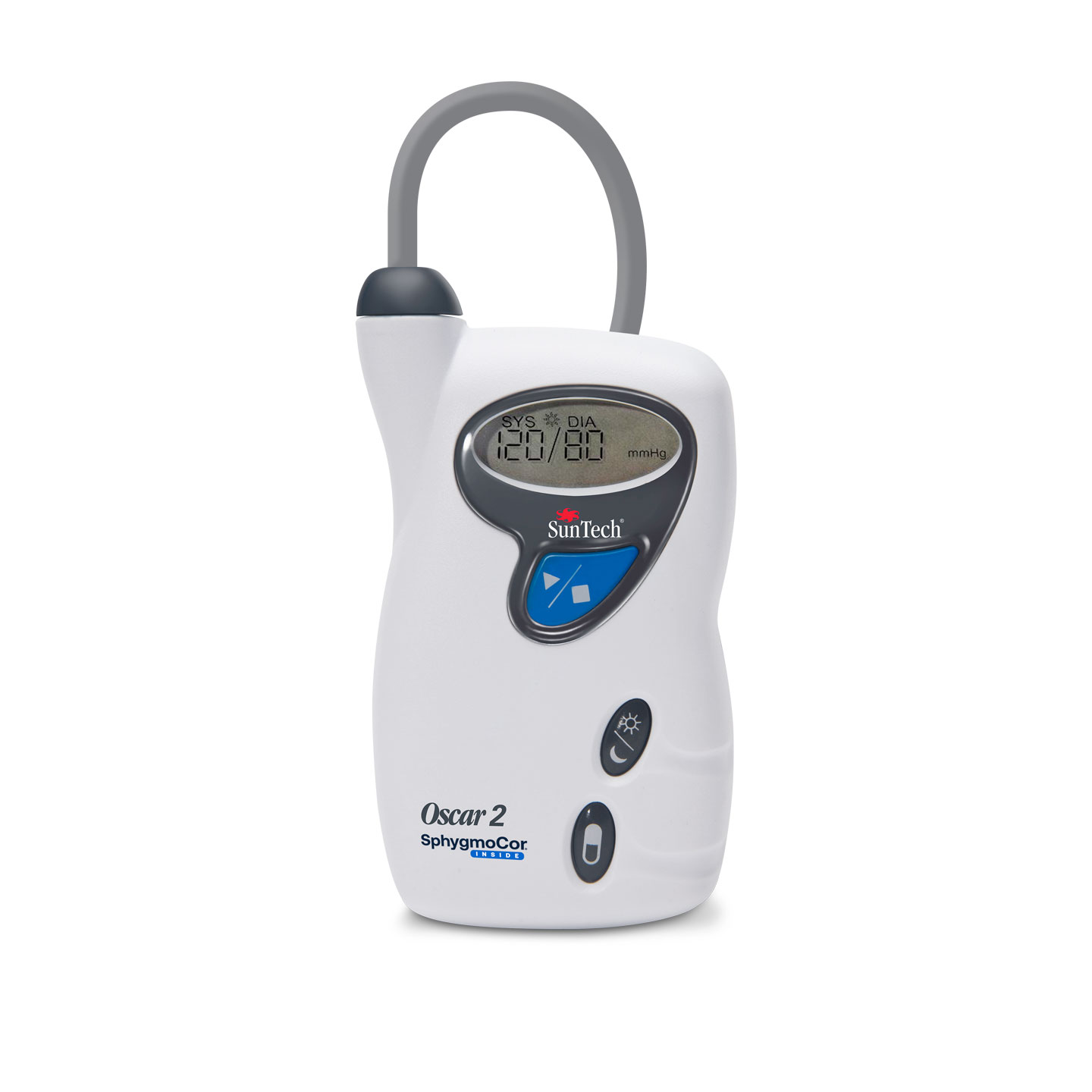Maternal Health
Early Detection & Precision Intervention of Preeclampsia
3.2X
higher cost multiple for preeclampsia compared to uncomplicated pregnancy.1
81%
Percentage of deliveries in 2019 (US) had 1 or more moderate risks for preeclampsia.2
75%
Percentage of pregnant women at increased risk of preeclampsia do not take aspirin as prescribed.3
Preeclampsia and Arterial Stiffening Go Hand-in-Hand

Arterial Stiffness in Pregnancy
Improve Pregnancy Outcomes
Vascular biomarkers play a pivotal role in the early detection and management of hypertensive disorders of pregnancy. Elevated biomarker measurements can predict the onset of hypertensive conditions like preeclampsia, allowing for earlier intervention and potentially reducing adverse outcomes for both mother and child. By integrating vascular biomarkers into prenatal care protocols, healthcare providers can more effectively monitor and manage the vascular changes associated with pregnancy-induced hypertension.

Utility of Vascular Biomarkers in Maternal Health
Vascular Biomarkers Explained
Enhance Prenatal Care with Vascular Biomarkers

In-Clinic
- Assess preeclampsia risk at 1st visit & initiate home monitoring for high-risk patients.
- Surveillance during regular visits through 6-wk postpartum visit.
- Reimbursable with CPT 93050.

At Home
- Ongoing monitoring to detect alterations in arterial functions and structure.
- Reinforce aspirin regimen.
- Reimbursable with CPT 9945x & 99091.
Gisele Bentley
Cambridge University, Cardiex Research Associate
Can we predict preeclampsia development?
Aortic Vascular Biomarkers for the Early Detection of Placental Syndromes During Pregnancy: A Systematic Review and Meta-Analysis


SphygmoCor® XCEL
Capture comprehensive central hemodynamics and arterial stiffness insights at point-of-care and in clinical trials.

CONNEQT Pulse
Monitor arterial health insights with ease at home and on-the-go.

Oscar 2
Gold standard in 24-hour central hemodynamics and ambulatory blood pressure monitoring (ABPM).
1 Hao J, Hassen D, Hao Q, Graham J, Paglia MJ, Brown J, Cooper M, Schlieder V, Snyder SR. Maternal and Infant Health Care Costs Related to Preeclampsia. Obstet Gynecol. 2019 Dec;134(6):1227-1233. doi: 10.1097/AOG.0000000000003581. PMID: 31764733; PMCID: PMC6882523.
2 CDC Natality Database

